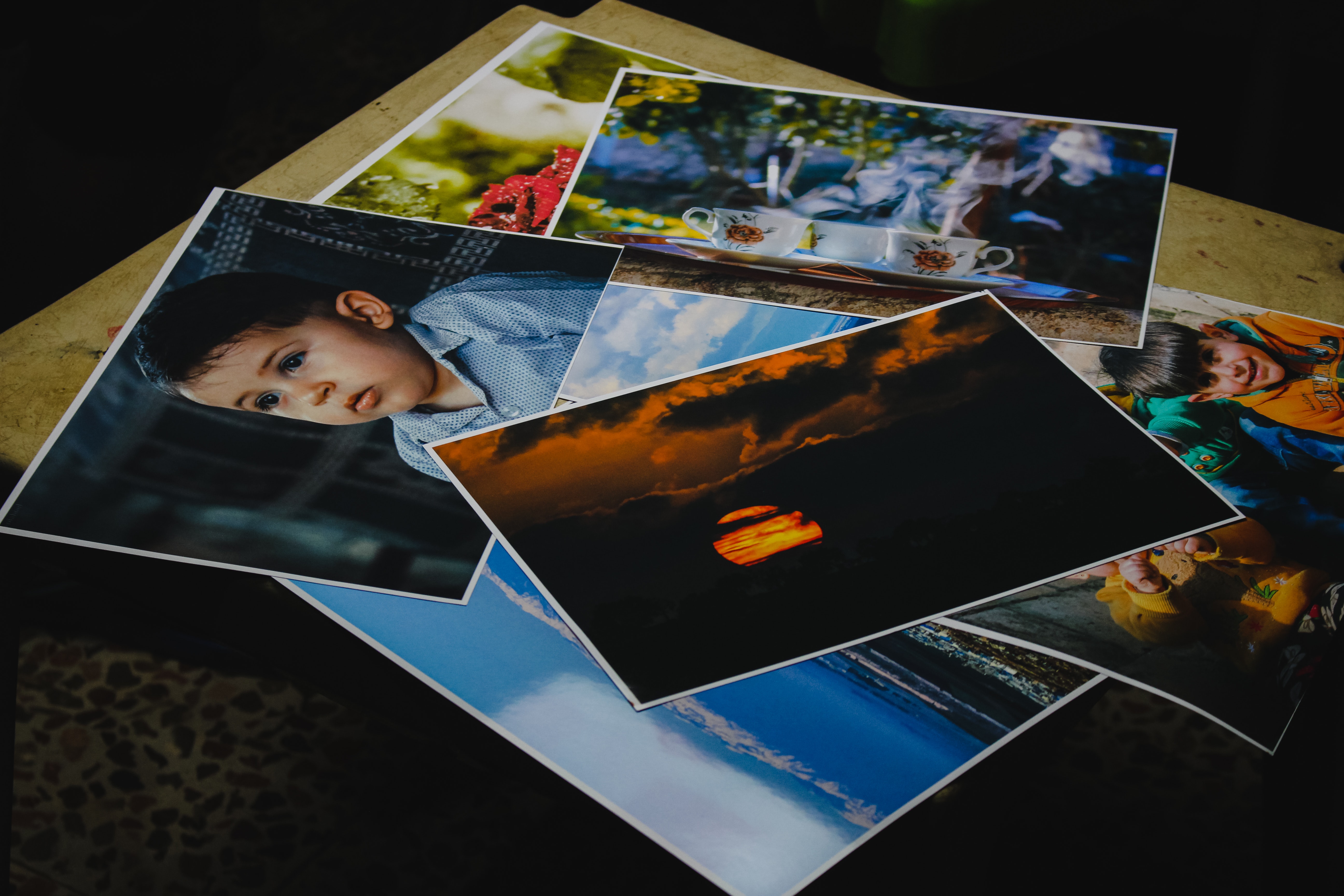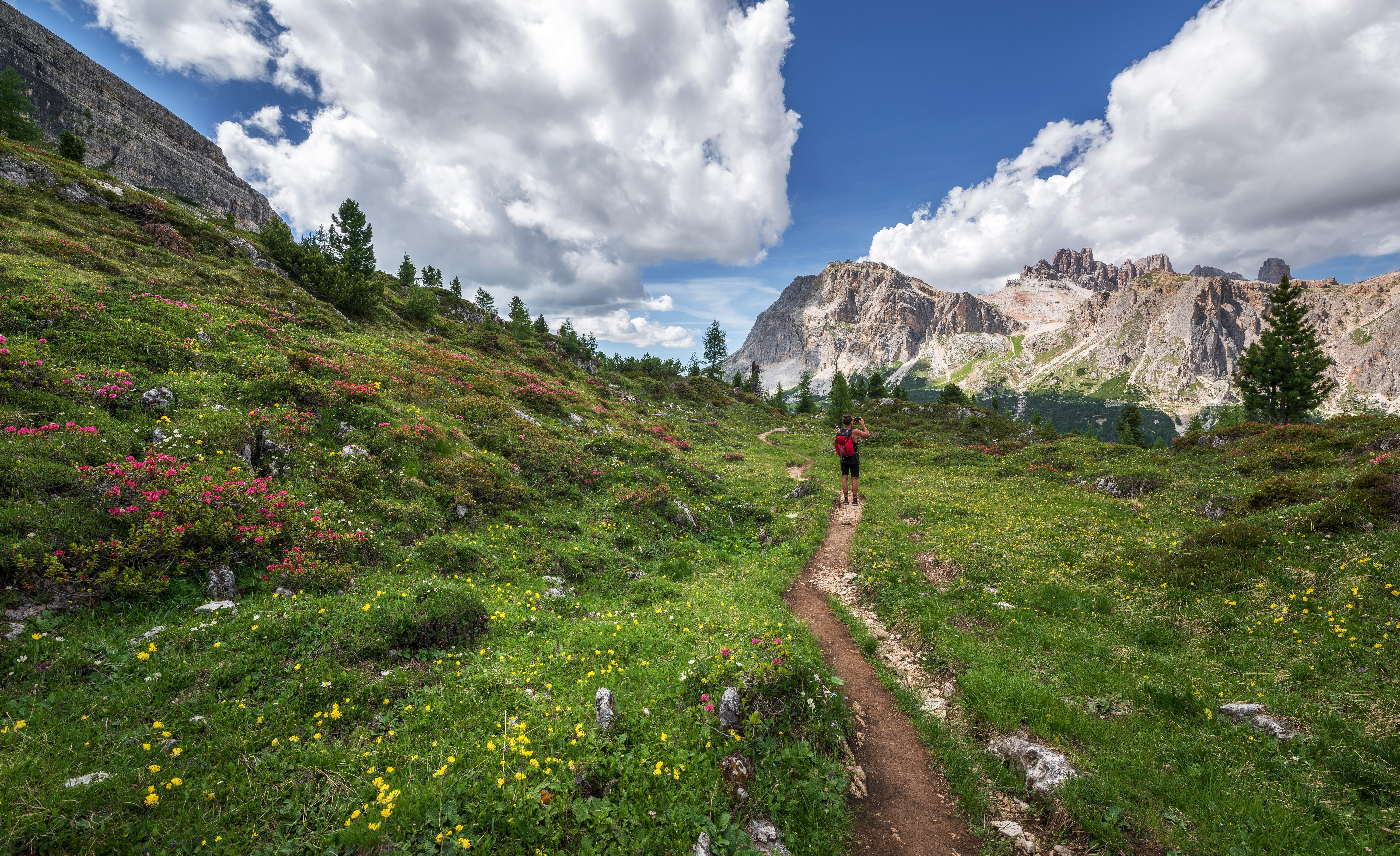Google and other search engines are in the business of providing you the best and most relevant search results to their users, of course, this also applies to images. The following best practices will definitely help increase your chances of being returned in those search results. You may already use images to make your posts more visually appealing for people, but through the help of this article, we can make the images just as appealing for search engines as well!
This post will be a deep dive into the technical elements for optimizing images as well as some other helpful tips to make your images more search engine friendly.
1. Quality Images Matter
This may sound rather simple, but choosing the right images can help position your article so that it reaches people who may eventually share the page and create some backlinks. The main roadblock many individuals will have is finding that right picture. If you are anything like me, not a photographer, taking the photos yourself is not ideal. It can prove to be difficult, tedious and overall time consuming to do so. Lucky for us, there are many websites out there who have provided high-quality images that we can use for free. All they really want in return is some credit or a link to their website.
Here are some of the best places to find some free images:
- Flickr – Definitely one of the top services for finding free images. Make sure you look the creative commons search.
- Pexels – There are many royalty-free images to choose from, just be aware that some pictures are not available unless you create a paid account.
- Freerange Stock – You can find many high-quality stock photos for commercial and non-commercial use.
There are some companies who take attribution very seriously, so if the image isn’t Creative Common licensed or you didn’t buy or create it, don’t post it.
2. Describe The Image In Your File Name
When I pulled this photo from pexels, the default name was “architecture-buildings-city-408951.jpg”
I changed it to “empire-state-building-at-night.jpg”. If you put spaces in the filename, it will automatically populate with the hyphens between the words.
3. Fill Out The Alt Text For All Images
Why do they matter?
The alt attribute gives information about the image to search engines to help you rank for keywords. This is especially important for optimizing product images. They act as a text alternative when images can’t be rendered by your browser. When you hover over the image, you can see the alt text created for that image (depending on browser settings). They help visually impaired people, or those with low bandwidth connections who can’t see images, by providing context.
When choosing my alt tag for the image of the Empire State Building, think about what a person would type in when looking for it.
alt="empire state building at night street view"
The entire code should look something like this:
<img src="/wp-content/uploads/2013/10/empire-state-building-at-night1.jpg" alt=”empire state building at night street view” />
Here Are Some Basic Rules For Alt Text:
- Describe your images without keyword stuffing
- Be straight to the point
- Be keyword rich
- Do not use alt tags for decorative images, you run the risk of over-optimization
4. Long Descriptions
Long descriptions are very similar to alt text and were created to help the visually impaired, understand images.
When you use the longdesc attribute, you can include a URL with all the details you want to include.
<img src="/wp-content/uploads/2013/10/empire-state-building-at-night1.jpg" alt=”empire state building at night street view” longdesc=”http://www.atlasproject.co/longer-image-seo-description.html” />
5. Internal Anchor Texts, Opportunities To Build Inbound Links
Of course, you can’t actually control what anchor texts other people use, but if I wanted to rank for “Empire State Building at night”, I would try to build links with that anchor text. Just like with normal link building, you want to rotate the anchor text to avoid hurting your rankings. Use descriptive text when you are linking to images to help both search engines and people visiting your site.
Having high-quality images increases the chances of someone linking to your image. When someone does this, the link is then known as a hotlink. Image hotlinking occurs when someone links directly to the image host (you want this to be you), which is typically the fastest way to share someone else’s image. Just like content, this will help boost your image’s authority.
Encourage linking to your images
If you have images you want to share, definitely consider requiring attribution back to your site if appropriate. Make your images available under a license. One popular go-to is the Creative Commons license that requires attribution.
Attribution tip from Google: Provide an HTML snippet that other people can use to embed your image on their page while providing attribution. This snippet can include both the link to the image and a link to the source page on your site.
6. Surrounding Content Relevance
The more your content on the page is related to the image, the better off you are. The content on the page gives clues to what the image is about.
Elements of the content to consider for proper optimization:
- Text wrapping the image, below and above
- Captions
- Title of the page
- Headings on the page
When everything aligns (image name, alt text, anchor texts, etc) to optimize an image, search engines can confirm quality and relevancy.
7. EXIF Data Will Follow The Image Wherever It Goes
EXIF stands for Exchangeable Image File format, which allows you to add and store metadata to the image file. If your image ends up being used without attribution, at least you can rely on the EXIF data to go with it. Although EXIF data may not be a heavy ranking factor, the information does get displayed on webpages about images, which help increase the relevancy of the image.
EXIF carries more than 30 facts about the image, here are a few:
- Whether the flash was on or off when the picture was taken
- With what type of camera the image was taken
- The aperture speed that was used
- Date and time the picture was taken
- The image’s height and width
What to actually change about the EXIF Data:
- Add the name of your business in the description
- Describe the type and location of your business
- Include geo-coordinates of your store’s location
- Provide your website information
8. Help Google Find Your Images Using Image Site Maps
If your site uses JavaScript galleries or image pop-ups, Google Image Site Maps will help you get your images noticed by Google. Web crawlers can’t crawl images that are not called out in the webpage source code. So in order to let them know about these images, you must list their location in an image site map. Google Webmaster Tools has many suggestions for correctly formatting your Sitemap and the images for your Sitemap.
On Google Sitemaps it is important for you to add specific tags for all of the images. You can also create a separate Sitemap to list images. Add all the necessary information, while using specific tags, to any Sitemaps you have or will create. Follow these guidelines that Google suggests when creating a Sitemap with image information.
9. Don’t Let Decorative Images or Boilerplate Graphics Damage Your SEO Potential
Boilerplate graphics or decorative images are graphics that are not actual images but are repeating stylistic elements. Decorative images typically do not add any actual content to your page but are found in the template throughout the site:
- Menu bars
- Background images
- Buttons
- Borders
- Anything non-product related
They may look pretty, but they may be hurting your site:
Get rid of the alt text. Remember, alt text is supposed to help communicate information about the image to the search engines. Such graphics should not have any alt text since it will just clutter the page when viewed by search engines. It’s a minor issue, and an easy fix, so be sure to get rid of all the unnecessary alt text.
Watch out for large file sizes that affect slow load times. Check the file sizes of all the decorative images on your web pages and minimize the file sizes.
Some tips for cutting down the file sizes of your styling images:
- Use PNG-8 or GIFS for images used for the border or simple patterns.
- Use CSS to create colored areas and replace any decorative images
- Using a huge wallpaper-style background image? Shrink them down by cutting the middle out and make it a flat color or transparent
10. Large File Sizes Hurt Image Optimization for SEO and Customers
Large file sizes will impact the speed at which your website loads. Obviously, you need your website to load faster, the quicker it loads – less likelihood of people leaving your webpage. So in order to maximize your webpage loading speed, you will want your webpage images to be compressed. Below are a few tools to help reduce the image file size.
3 Tools to help you reduce your image file size:
- JPEGmini: This tool will help you get the smallest possible image size, without losing any image quality.
- Optimizilla: Optimizilla will allow you to resize and shrink up to twenty images at once, all to their minimum possible size without sacrificing quality.
- Kraken.io: Very user-friendly, Kraken allows for free and easy image optimization.
- TinyImage by Attrock: It compresses the images without any impact on their quality. It is easy to use and free for 5 images at one time.
11. Think about where you are hosting your images
Many folks are turning to content delivery networks to help increase their page load times and help solve bandwidth issues. Unfortunately, using an outside image host can be detrimental to your image optimization efforts. Instead of receiving backlinks to your image on your site, people are actually linking to the content delivery network website. Chances are your current hosting can handle the current load you have, but your hosting provider will definitely let you know if it can’t.
12. Focus On GEO Locations For Local SEO
If you are trying to rank for localized keywords, make sure you do everything above and add the local keywords to everything. For example, if your business is located in the New York region, you might have called that Empire State Building image file:
new-york-empire-state-building.jpg
For the alt text just add New York like so:
alt=”new york empire state building at night street view”
13. Using WordPress For Optimizing Images
If you are using WordPress you don’t have to worry, there are a plethora of plugins that will make your life that much easier. These plugins will help you compress and resize your images so that they will be as effective as possible.
Here are a few WordPress Plugins that we suggest:
- Smush: This award-winning image compression and optimization plugin is a must for any professional looking to optimize their images.
- ShortPixel: Frequently updated and easy to use, ShortPixel allows for optimization of any image or PDF document on your website.
- Imagify: This plugin is one of the most advanced image compression tools, once enabled it will automatically optimize your images once uploaded into WordPress.
- Optimole: An all-in-one plugin that will satisfy all of your image optimization needs.
As you can see, image optimization is super important and a really easy way to improve your website. We hope that this blog provided some useful tips, tricks and, insights that you can use to boost your search ranking.
Good luck, and happy trails!














